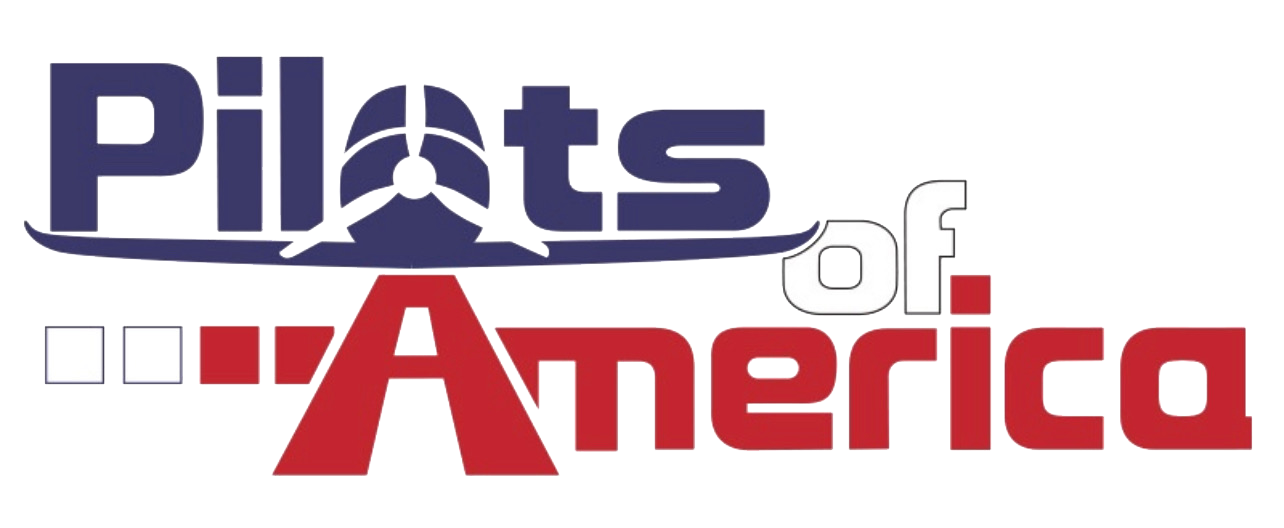nauga
Self-righteous rivet-punching gatekeeper
Management Council Member
PoA Technical Administrator
- Joined
- Apr 18, 2013
- Messages
- 4,439
- Location
- Live from the Grill-o-mat
- Display Name
Display name:
Mantis Toboggan, MD
I'm running a Win10 VM on a MacOS (Big Sur) host using VirtualBox. Can anyone tell me HITF I get the VM to recognize the SD Card reader? I have no issue with other USB peripherals, just the card reader. There's plenty of "guidance" available online, but as expected much of it conflicts/contradicts and nothing has worked so far. Anyone got any suggestions, preferrably ones they have applied and found to work?
Nauga,
and his house of cards
Nauga,
and his house of cards
